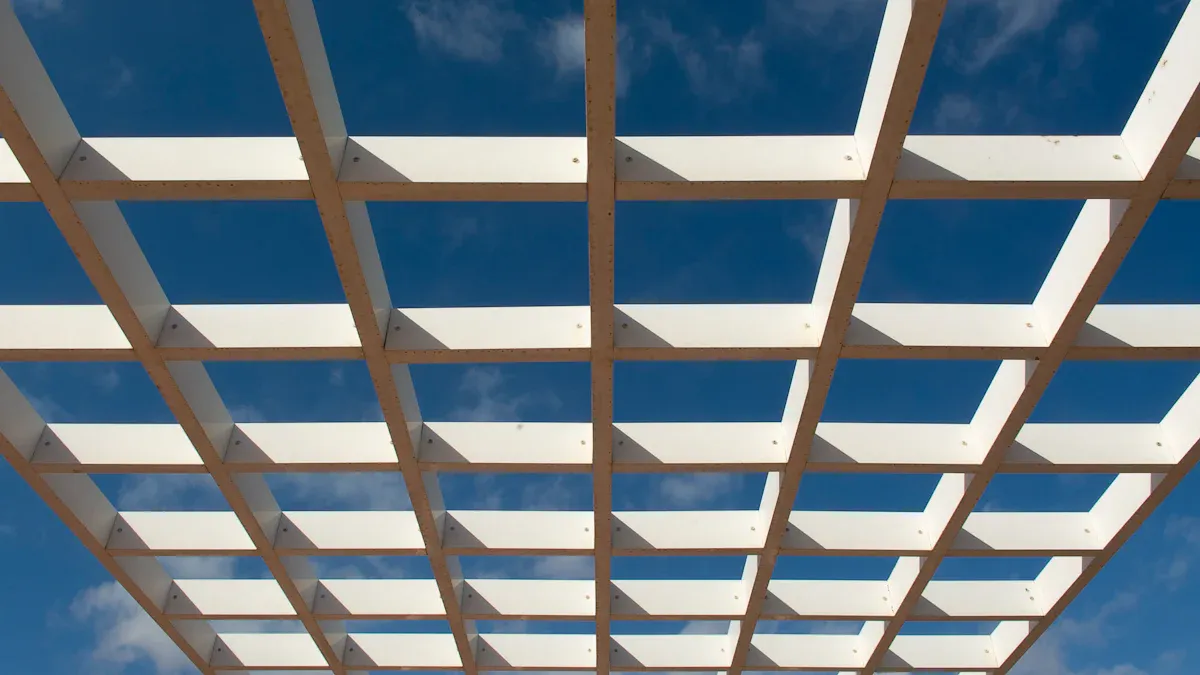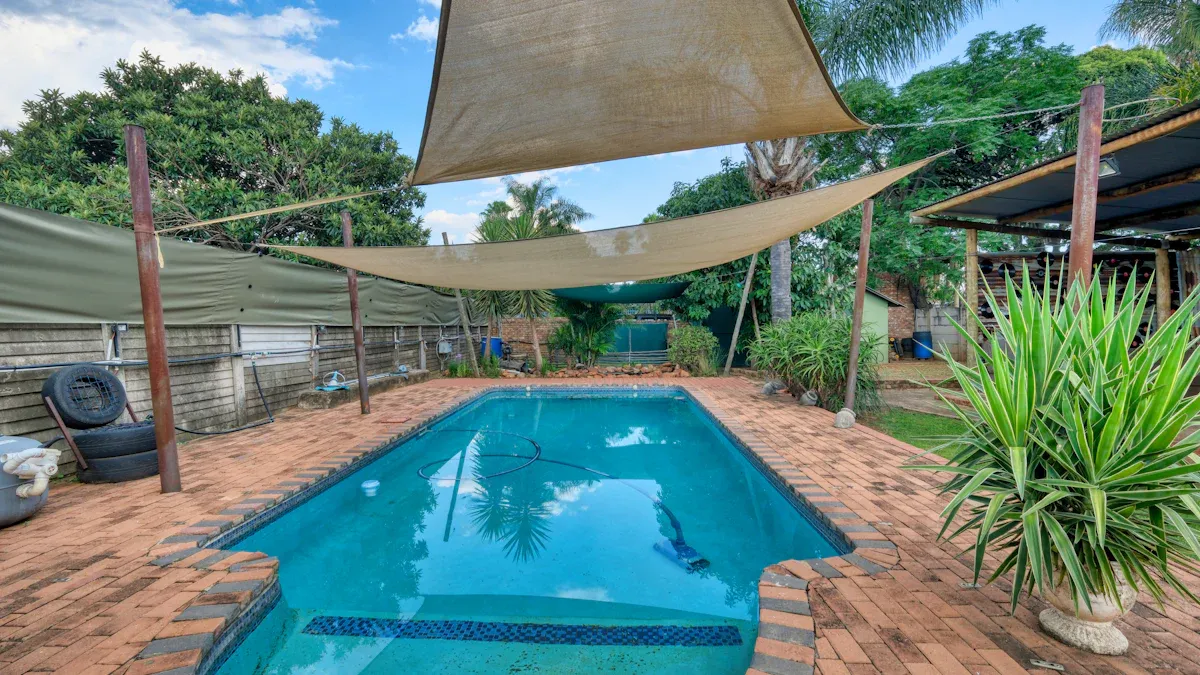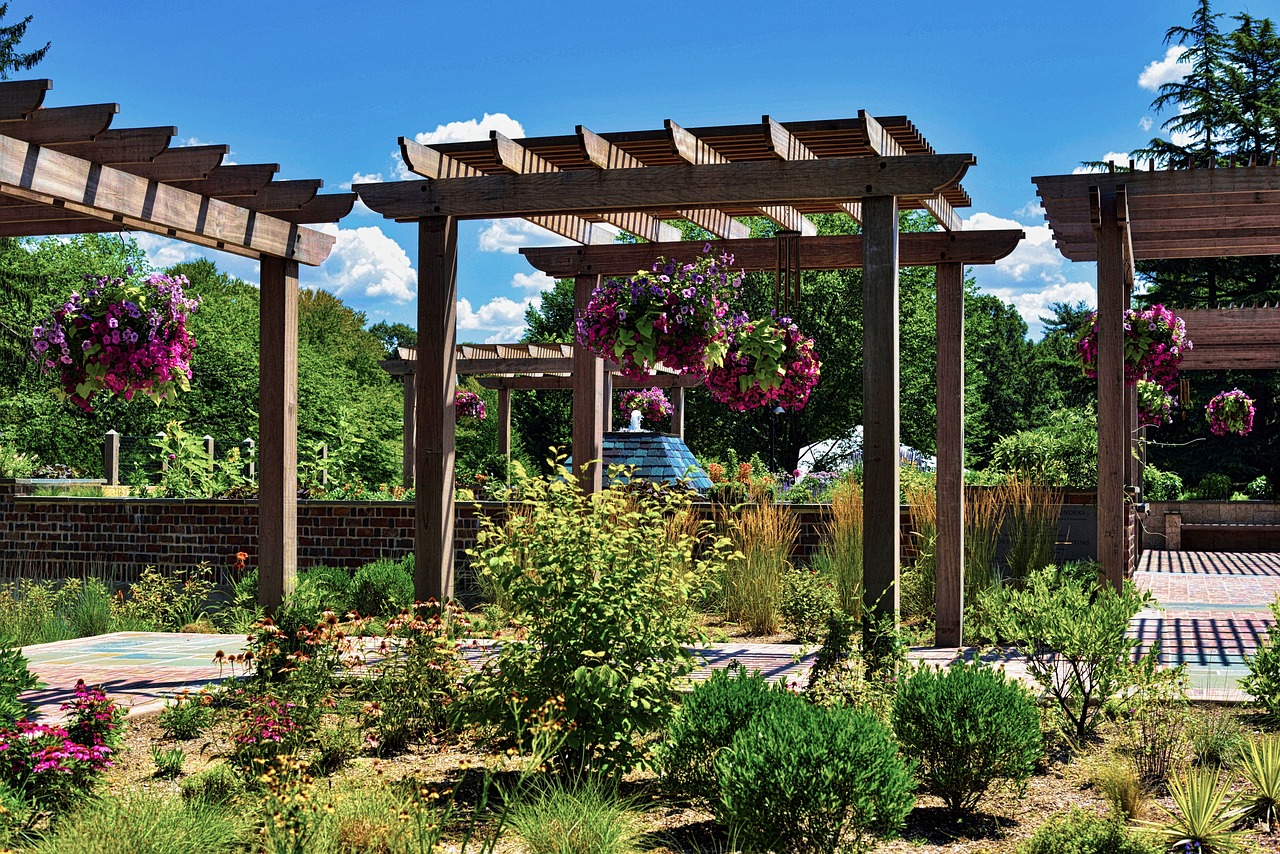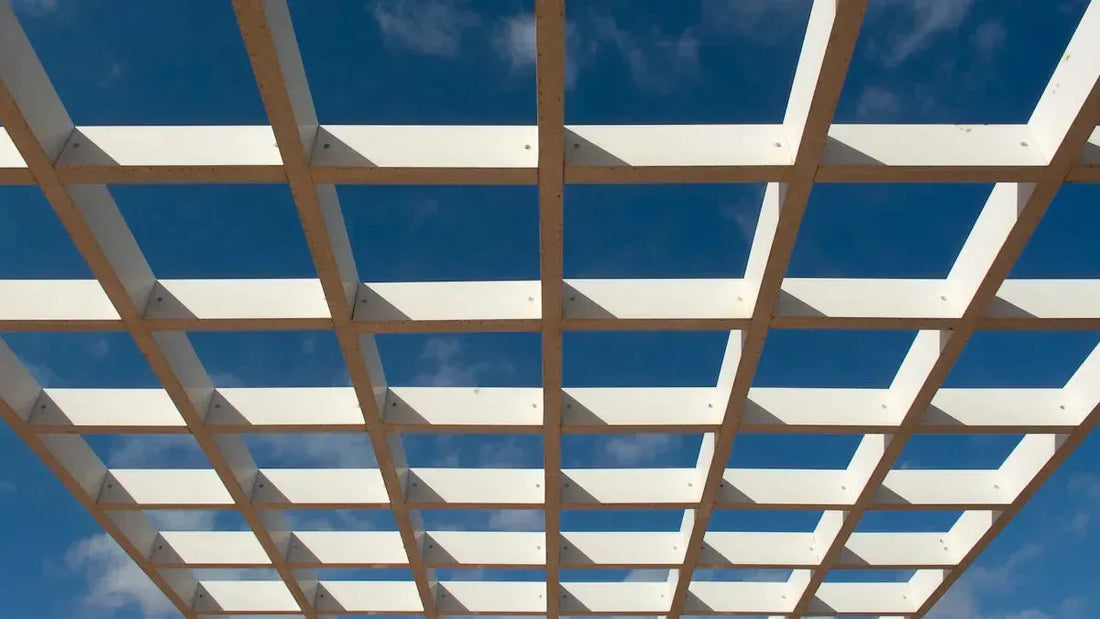
I’ve always found that maintaining outdoor shade structures is key to enjoying them all year long. Without regular upkeep, these structures may lose their functionality, safety, or visual appeal. Proactive shade structure maintenance offers several benefits. For instance, a study in Beauregard, Alabama revealed that shaded buildings use 2.6 times less electricity for cooling than those in full sun. By adopting a seasonal routine, you can ensure the longevity of your Aoodor pergola while keeping it safe and stylish. A little care goes a long way in preserving its charm and utility.
Key Takeaways
Clean the shade fabric often to stop dirt buildup. This keeps it looking nice.
Check for rust or damage early to stay safe and make it last longer.
Take off the canopy during storms to avoid damage and save money.
Use protective sprays to make it stronger and need less fixing later.
Use a seasonal checklist to keep it working well all year.
Cleaning and Basic Care

Cleaning the Fabric
Keeping the fabric of your shade structure clean is essential for its longevity and appearance. I always start by unclipping the shade and spreading it out in a dry area. This makes it easier to access every part of the fabric. Using a low-pressure hose, I spray the fabric to loosen dirt and grime. Then, I scrub it gently with a sponge or soft brush and mild detergent. Once cleaned, I let the fabric dry completely before reattaching it.
For tougher stains or significant cleaning tasks, I recommend hiring professional cleaners. Regular cleaning every few months can prevent dirt buildup and extend the lifespan of your shade sail maintenance efforts. Enlisting a partner’s help can also make the process more thorough and efficient.
Removing Mould and Lichen
Mould and lichen can be stubborn, but I’ve found effective ways to tackle them. For lichen, I use a diluted bleach solution (15 parts water to 1 part bleach) or white vinegar. Spraying the solution on the affected areas and letting it dry before rinsing works wonders. For mould, I apply vinegar directly to the spots, ensuring it covers the entire area. Wearing gloves, I scrub gently with a soft brush to avoid damaging the fabric.
If stains persist, baking soda can help. I sprinkle it on the fabric and leave it in the sun for a few hours. Sunlight not only helps remove stains but also kills remaining mould spores.
Cleaning the Frame
The frame of your shade structure deserves just as much attention as the fabric. I start by wiping it down with a damp cloth to remove dust and debris. For aluminum frames, a mild detergent mixed with water works well. I avoid abrasive cleaners to prevent scratches. If the frame has any rust spots, I use a rust remover and a soft brush to clean them. Regular cleaning of the frame ensures it stays sturdy and visually appealing.
Inspecting for Damage
Regular Inspections
I always make it a point to inspect my Aoodor pergola regularly. This habit helps me catch small issues before they turn into costly repairs. During inspections, I focus on several key areas:
I check the frame for signs of rust or corrosion.
I inspect the shade fabric for tears, fraying, or discoloration.
I examine bolts and joints to ensure they remain tight and secure.
I also look for structural issues like moisture damage or insect infestations. These problems can weaken the pergola over time. Regular inspections are essential for maintaining the integrity of outdoor structures. They align with best practices, such as checking exterior ceilings and decks for moisture and ensuring proper grading to direct rainwater away. A regular maintenance schedule ensures that my pergola stays in top condition year-round.
Replacing Rusted Cables and Hardware
Rusted cables and hardware can compromise the safety of any shade structure. I always replace these components as soon as I notice rust. For cables, I measure the old ones and purchase replacements of the same length and thickness. When replacing bolts or screws, I choose stainless steel options. These resist rust better than standard hardware.
I’ve found that applying a rust-resistant coating to new hardware adds an extra layer of protection. This step reduces the chances of rust forming in the future. Keeping the hardware in good shape ensures the pergola remains sturdy and safe for use.
Tightening Bolts and Addressing Structural Issues
Loose bolts can lead to instability, so I check them during every inspection. Using a wrench, I tighten any that feel loose. If I find damaged bolts, I replace them immediately. I also pay attention to the pergola’s overall structure. For example, I check for sagging beams or uneven legs. These issues can indicate deeper problems, like soil erosion or frame damage.
When I notice structural concerns, I address them promptly. Sometimes, this means reinforcing the frame with additional supports. Other times, I consult a professional for advice. Inspecting for wear and tear and fixing issues early keeps my pergola safe and functional.
Weather Protection

Preparing for Storms and Harsh Weather
Storms and harsh weather can take a toll on outdoor shade structures. I always prepare my Aoodor pergola in advance to minimize potential damage. First, I secure all loose components, such as bolts and cables, to ensure the structure remains stable during strong winds. For adjustable canopies, I retract them fully to reduce wind resistance. If a storm is particularly severe, I temporarily dismantle parts of the pergola, like the shade fabric, to protect it from tearing or flying debris. These steps are essential for protecting against weather damage and ensuring the longevity of the structure.
Removing and Storing Shade Fabric
Proper removal and storage of shade fabric are crucial during extreme weather conditions. I follow a systematic approach to ensure the fabric remains in good condition. Here’s a quick guide I use:
Action |
Recommendation |
|---|---|
Dismantling |
It is advisable to dismantle shade sails during severe weather conditions. |
Storage |
Proper storage is essential; store in a dry, cool place away from direct sunlight and environmental elements. |
After removing the fabric, I clean it thoroughly and let it dry completely before storing it. This prevents mold and mildew from forming. I also label the fabric for easy reinstallation later. Keeping the fabric in a safe, controlled environment helps maintain its quality and extends its lifespan.
Applying Protective Coatings
Protective coatings play a vital role in extending the life of outdoor shade structures. I regularly apply a powder coating to the aluminum frame of my pergola. This enhances its durability and protects it from rust and corrosion. For the shade fabric, I use a UV protection spray to shield it from sun damage. These coatings not only improve the structure’s resistance to weather but also reduce maintenance needs over time.
I’ve also explored eco-friendly options, like sustainable coatings, which contribute to environmental sustainability while offering excellent protection. For wooden pergolas, innovative coatings derived from fungi have shown remarkable results in extending service life and reducing upkeep costs. By investing in the right protective treatments, I ensure my pergola remains functional and visually appealing for years.
Seasonal Maintenance Checklist
Spring and Summer Tasks
Spring and summer are perfect seasons for maintaining outdoor shade structures. I always start by inspecting my pergola for any damage caused by winter weather. This includes checking for rust, corrosion, or tears in the shade fabric. Cleaning gutters and downspouts is another essential task. It prevents water from pooling near the structure, which could lead to damage.
During summer, I focus on protecting my pergola from the intense heat. I apply a UV-protective spray to the shade fabric to prevent fading and deterioration. Regular cleaning is also crucial. I make it a habit to wash the fabric and frame every few weeks to stop mold and mildew from forming. These simple steps keep my pergola looking great and functioning well throughout the warmer months.
Tip: Spring is the best time to address any issues from winter, while summer is ideal for applying protective coatings to combat heat damage.
Fall Preparation
Fall is all about preparing for the colder months ahead. I begin by removing leaves and debris from the pergola. This prevents blockages and reduces the risk of moisture buildup. I also inspect the frame and fabric for any signs of wear. If I find loose bolts or minor tears, I fix them immediately.
Another important step is applying a water-resistant sealant to wooden pergolas. This protects the structure from rain and snow. For aluminum frames, I check for scratches or paint damage and touch them up as needed. By addressing these tasks in the fall, I ensure my pergola is ready to withstand winter conditions.
Winter Care
Winter requires extra attention to keep outdoor shade structures in good shape. I always remove snow from the pergola before it accumulates beyond six inches. Using a plastic shovel prevents scratches on the surface. For wooden pergolas, I sweep off snow regularly to avoid water damage.
Weekly visual inspections help me catch issues early. I also perform monthly checks to ensure the structure remains stable. If I notice rust or corrosion on metal parts, I address it immediately. Moving lightweight furniture indoors or covering it with weatherproof tarps is another step I take to protect my outdoor space during winter.
Note: A professional evaluation at the end of winter can identify hidden damage and ensure your pergola is ready for spring.
Enhancing Longevity
Upgrading Materials and Designs
I’ve learned that upgrading materials and designs can significantly extend the life of outdoor shade structures. Modern materials like aluminum and polycarbonate offer superior durability compared to traditional wood or fabric. Aluminum frames resist rust and corrosion, making them ideal for long-term use. Polycarbonate panels provide excellent UV protection and water resistance, ensuring the structure remains functional in various weather conditions.
Upgrading designs also enhances both functionality and aesthetics. For example, adjustable louver systems allow me to control sunlight and ventilation, creating a more comfortable outdoor space. I’ve seen how innovative shading solutions can transform environments. A California winery reported a 35% increase in patronage after adding shade panels to an aluminum pergola. Similarly, a Virginia city park experienced higher community satisfaction after installing fiberglass shade structures. These examples show how thoughtful upgrades can improve user experience and add value to outdoor spaces.
Advanced designs also contribute to energy efficiency. The Applied Research Building at the University of Arizona used a unique sunshade system to reduce solar heat gain. This approach not only improved comfort but also lowered energy costs. I believe investing in high-quality materials and modern designs is a smart way to enhance the longevity and functionality of outdoor shade structures.
Professional Maintenance Services
While I handle most maintenance tasks myself, I occasionally rely on professional services for more complex issues. Professionals have the expertise to identify hidden problems, such as structural weaknesses or advanced rusting, that I might overlook. They also use specialized tools and techniques to perform thorough inspections and repairs.
Hiring professionals can save time and ensure the job is done right. For instance, they can apply protective coatings more evenly and efficiently than I can. They also provide valuable advice on upgrades and care routines tailored to specific structures like Aoodor pergolas. By combining my efforts with professional services, I ensure my pergola remains in excellent condition for years to come.
Maintaining outdoor shade structures like Aoodor pergolas ensures they remain functional and visually appealing year-round. I’ve found that regular cleaning, inspections, and weather protection are essential.
Cleaning the shade fabric prevents dirt buildup and keeps it looking fresh.
Inspections help identify rust or structural issues early.
Removing the canopy during storms avoids costly repairs.
Seasonal adjustments and professional services also play a key role in extending the lifespan of these structures. Following a maintenance checklist guarantees optimal performance and allows you to enjoy your pergola in every season.
Tip: A little care today saves time and money tomorrow!
FAQ
How often should I clean my Aoodor pergola?
I clean my pergola every three months. Regular cleaning prevents dirt buildup and keeps the structure looking fresh. During seasons with heavy pollen or dust, I clean it more frequently to maintain its appearance and functionality.
Can I leave the shade fabric on during winter?
I recommend removing the shade fabric during winter. Snow and ice can damage the material. Store it in a dry, cool place to protect it from moisture and prolong its lifespan.
What tools do I need for basic maintenance?
I use a soft brush, mild detergent, a low-pressure hose, and a wrench for basic maintenance. For rust removal, I keep a rust remover and a soft cloth handy. These tools cover most cleaning and inspection tasks.
How do I protect my pergola from UV damage?
I apply a UV-protective spray to the shade fabric. For aluminum frames, I use powder coatings to shield them from sun damage. These treatments help maintain the pergola’s durability and appearance.
Should I hire professionals for maintenance?
For complex issues like structural repairs or advanced rusting, I hire professionals. They have the expertise and tools to handle these tasks efficiently. Combining DIY efforts with professional services ensures the pergola stays in excellent condition.
Tip: Regular maintenance saves money on costly repairs later!













































